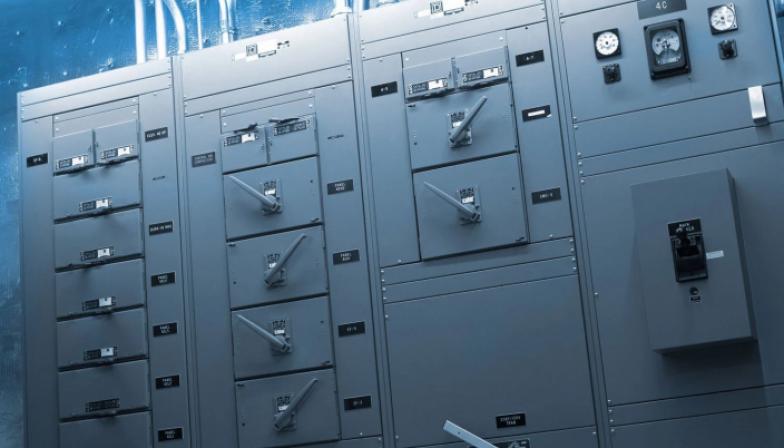The use of electric rotary engines on industrial (production) scale is so multifaceted that their modifications for power and performance have dozens of structural species. Deadwessed to perfection in the second half of the last century, these power units are distinguished by:
- Long operational resource.
- Low costly component of maintenance and repair.
- simplicity of installation and dismantling work.
The term of operation of an electric motor without overhaul, depending on the conditions of use is an average of 25 years. That is why to meet today successfully operated power units, released back in the time of the Union, can be often enough. And to equip them for the format of today's requirements:
- more economical consumption of electric energy.
- Plasticity of reaching maximum rotation rotation (power).
- Reducing noise when working in idle modes.
Uses frequency veichi or frequency converter familiar to ordinary users as an inverter. Even installed on household electrical appliances (mainly air conditioners, washing machines), it creates all the conditions for an additional reduction in the cost of electricity consumption without any changes in the level of comfort.
The principal scheme of the frequency converter
It should be remembered that to choose the desired frequency converter without taking into account the parameters of the electric motor itself, as well as the format of its operation is almost impossible. The principle of operation of this device is based on the action of transistor -type current transformations established in it. It is with their help that the converter provides:
- Smooth launch of rotation rotation and appropriate “sparing” transfer of useful energy to the shaft of equipment.
- maintaining the minimum consumption of current values in the idle of operation.
- gradual decrease in rotation speeds when disconnecting the power unit.
In this case, the peak loads of the engine are taken into account, if they occur relatively rarely, the inverter transistors will work in nominal mode without overheating. More intensive operation is often accompanied by excess of permissible current loads, which means that for such equipment it is necessary to select a more powerful frequency converter. For example:
- electric motors of fans and air conditioning systems



